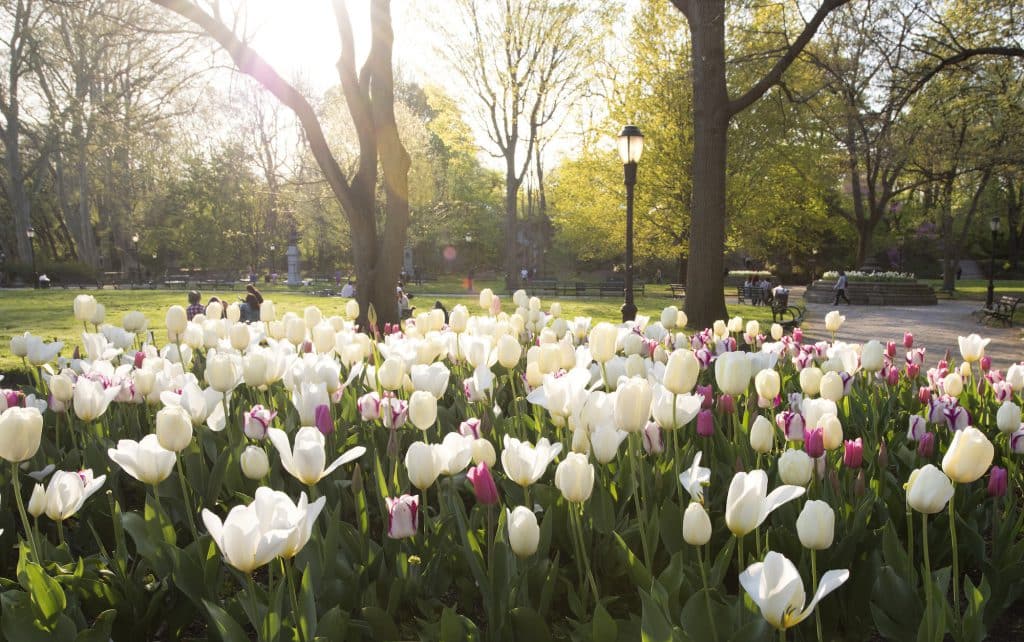Alliance + Brooklyn Historical Society Present 150th Exhibition
July 17, 2017
Related Programming: Urban Health, Urban Parks: The Salve of the City
In celebration of the Park’s 150th Anniversary, Brooklyn Historical Society and Prospect Park Alliance present The Means of a Ready Escape: Brooklyn’s Prospect Park, an exhibition that highlights the 150-year social history of Brooklyn’s Backyard. The collaboration between BHS and Prospect Park Alliance tells the story of the 585 acres of forest, field and swamp that Frederick Law Olmsted and Calvert Vaux were charged with transforming into an urban oasis that would sustain generations of Brooklynites to come. The exhibition opened to the public on Thursday, July 13, 2017.
The Park has never been simply an escape from the city, but a fundamental part of it. Brooklyn and Prospect Park have grown and changed together. Turn-of-the-century swan boats, carriage rides, and lawn tennis are long gone, replaced by in-line skaters, birders, dog-walkers, and drummers. But the aspiration to provide, in Olmsted’s words, “simple, temperate, healthful, rural and domestic forms of recreation” to Brooklyn’s “overworked inhabitants” is, perhaps, more fully realized today than ever before. Throughout its history the people of Brooklyn, and many others, have used, shared, and shaped Prospect Park.
Visitors to The Means of a Ready Escape will learn that sheep roamed the Long Meadow until the 1930s, Brooklyn’s middle-class black families chose Prospect Park over closer green spaces because it was a place where they “felt welcome,” Robert Moses’ efforts to modernize the Park resulted in paving grassy areas for parking lots, and that Adele, a Park Slope caretaker, famously led children into the Park to play, introducing them to the safe haven it could be, despite the era in which the Park fell into disrepair. As the borough changed, so did the Park. The fiscal crisis of the seventies coincided with early waves of gentrification in surrounding neighborhoods. Lacking facilities staff to maintain its infrastructure, the park became perceived as notoriously unsafe. The gem-like boathouse we know today was then used as a recycling center. Paths and fences went unrepaired. The non-profit Prospect Park Alliance was formed in the eighties, in an effort to sustain, restore and advance the Park. Examples of the hard work of compromise within a public park space, like rules around barbequing, the creation of the Drummers Grove, and car access in the park, are explored. Because the bones that comprised its foundation were so very sound, the Park has endured.
This history is told through panels and over 150 artifacts and documents including numerous postcards, scrapbooks, posters and photographs that reflect the ongoing relationship between the park and its many users. Visitors will enjoy viewing Olmsted and Vaux’s original plan of the Park, 1920s objects like tape measures and paper weights that depict scenes from the Park, hand drawn renderings from the 1990s of the Park’s woodlands restoration, and a model of the AIA National Honor Award-winning Samuel J. and Ethel LeFrak Center at Lakeside by Tod Williams and Billie Tsien Architects in collaboration with Prospect Park Alliance, which opened in 2013.
For hours and directions, please visit the Brooklyn Historical Society website.

